READY TO GET STARTED?
REQUEST A FREE ESTIMATE
Fill out the form below or call (888) 466-7849 for a free, no-obligation estimate.

There are over 5000 species of ladybugs worldwide. These insects, also known as ladybird beetles or lady beetles, are common throughout North America. Their appearance varies depending on the species; colors can range from red to orange and they can have spots, stripes, or even no pattern on their dome shaped bodies.
Ladybugs are harmless to humans and are even considered to be good luck in some cultures. They are beneficial to have around as they eat aphids and other plant-eating pests. While they are harmless to us, they can stain walls and furniture in your home and give off an odor.
Ladybugs are most active from spring to fall. Once the weather cools off, they will search for warm, isolated places to overwinter, such as rotting logs, under rocks, or inside our homes. When the weather warms up again, they will emerge from their hiding spots, seemingly taking over the homes they infested.
You can get rid of ladybugs by:
If you have an issue with ladybugs or other household pests, contact your local pest control company for a free evaluation.
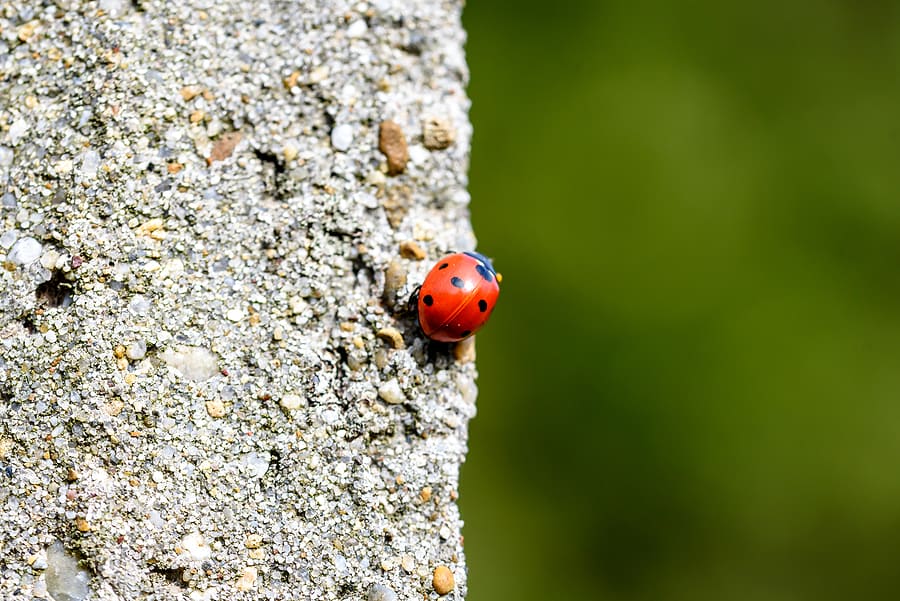
During the spring and fall you will often see an influx of ladybugs in your home. While they don’t pose a real health threat to you, they can stain carpets, upholstery, and walls. Why are these pests invading your house and how can you get rid of them?
Ladybugs will make their way indoors in the fall to overwinter in the warm shelter of your home. Once inside, they will hide until the warm weather of spring comes back around. It is at this time they will reemerge to try and return outdoors to reproduce.
Once inside, you will often find them clustered together in the corners of attics and basements or near doors and windows, especially those with large amounts of light. Once they make their way indoors, ladybugs will release a pheromone that signals other ladybugs to follow them.
Although they aren’t harmful, ladybugs can be a nuisance, especially when they invade in large numbers. You can prevent ladybugs by:
If your DIY efforts are futile or you just want the help of a professional, contact your local pest control company for an analysis.
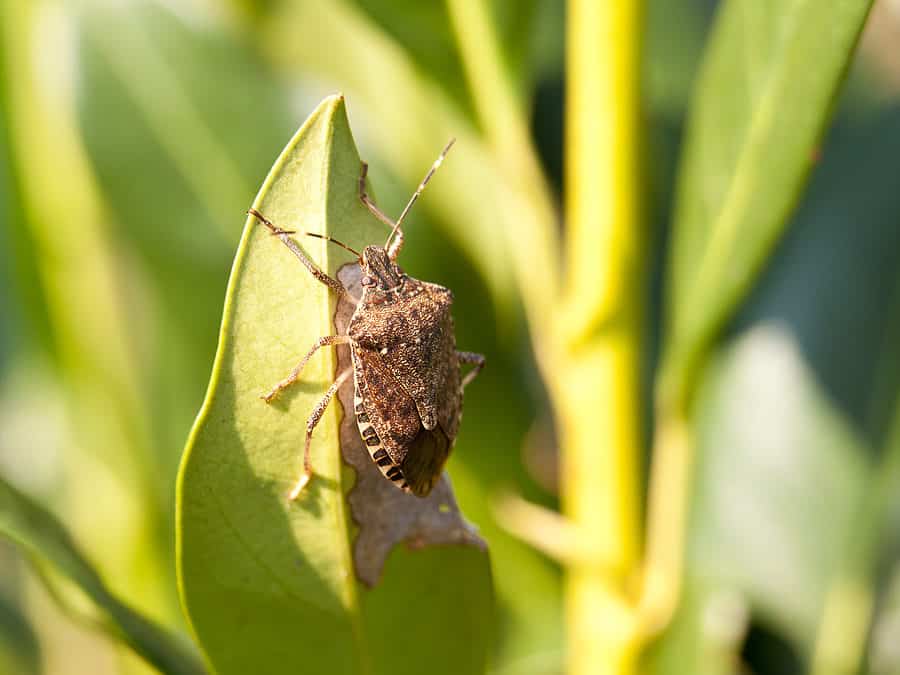
Overwintering is a common term used to describe pests and their activities that allow them to survive the colder temperatures. Overwintering pests will often seek comfort and shelter in homes and buildings because of their warmth. These pests can be especially sneaky and if you don’t take preventative measures as they can infest quickly. Here are some common overwintering pests and some easy do-it-yourself pest control tips to keep them outside of your house.
Stink Bugs
Stink bugs can infest homes in large numbers, especially during the fall. You can often find these bugs on the side of your home, where they can receive the most sunlight to keep warm. While these bugs aren’t harmful to humans, if crushed, they will emit an unpleasant odor.
Boxelder Bugs
One of the more aggressive species of overwintering pests, the boxelder bug has mouthparts are both piercing and capable of puncturing the skin if being handled. This can cause slight irritation and produce red spots, like mosquito bites. Crushing these bugs is not recommended, as their bodies will produce a strong odor and remains can leave a reddish stain on fabrics.
Lady Bugs
Ladybugs are considered harmless and deemed beneficial. They will often consume plant-eating insects such as aphids, mites, and scale insects, all of which can harm crops and plants in gardens; though if they invade your home, they can become a nuisance and can be difficult to get rid of.
Overwintering Pest Protection Tips

As temperatures start to cool off, panic can overtake pests who need to seek out shelter from the impending cold weather. They will often, unfortunately, set their sights on your warm, cozy home. Here are a few of the most common overwintering pests and what you can do to prevent them.
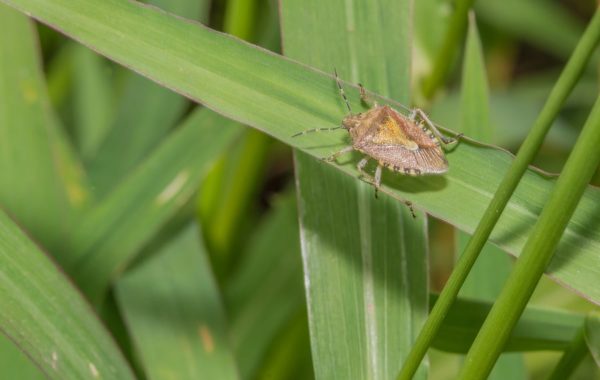
Stink bugs flock to homes in large numbers during the fall. They position themselves on the side of your home that receives the most sunlight in an attempt to keep warm. A thorough inspection for possible entry points is key in prevention of an invasion.
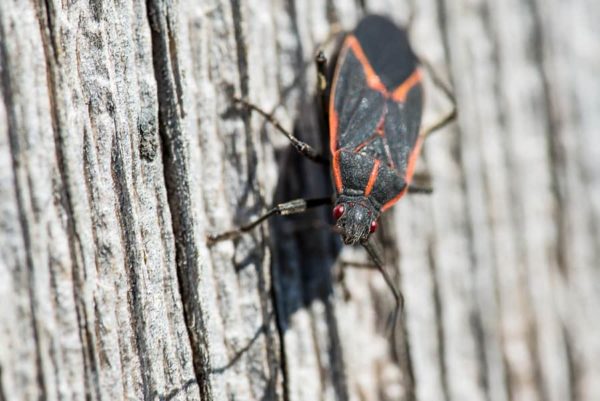
Boxelder bugs are one of the more aggressive species of overwintering pests. Like the stink bug, they will make use of the sunny side of your home and cars. They will utilize openings they find and gather by the hundreds. Crushing these pests is not recommended as their remains can attract carpet beetles. Vacuuming should be used to remove them from the home.
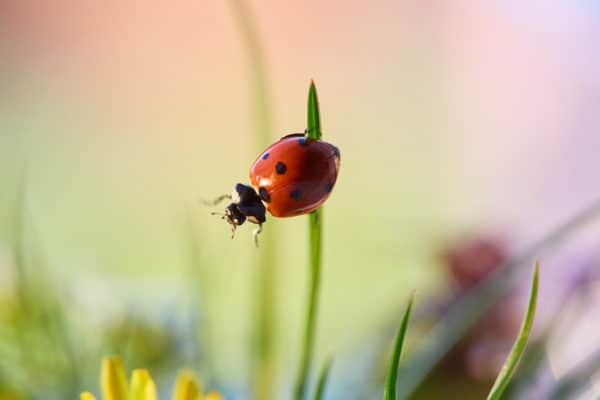
As universally adored as they are, lady bugs are an overwintering pest that can take over your home in a matter of days. They utilize windows and door openings to enter; therefore, checking and replacing weather-stripping and sealing with silicone-based caulk can help keep them out before fall starts.
If you have an issue with overwintering pests, reach out to your local pest control company to schedule an inspection.
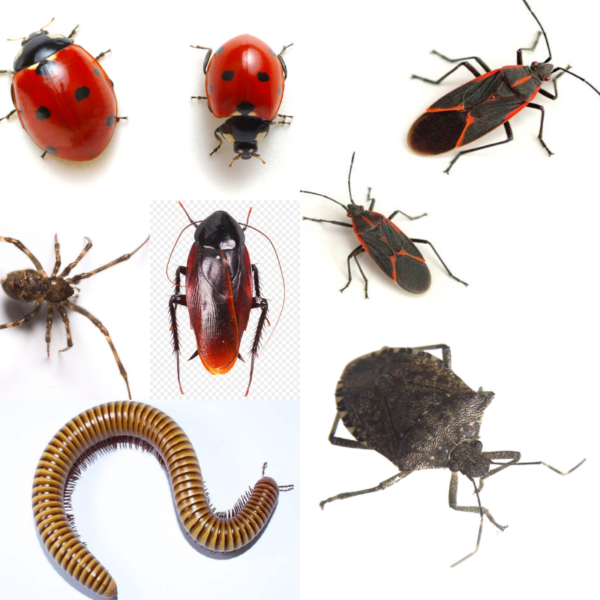
Ladybugs are said to be a sign of good luck, but when you start to find them crawling all over the inside of your home, you don’t feel as lucky.
Ladybugs, or Asian Lady Beetles, are just one of the pests that will try to use your home for overwintering. Overwintering is the process of insects passing the winter season, and your home poses as the ideal habitat for this practice.
Temperatures drop, and pests such as house spiders, boxelder bugs, ladybugs, millipedes, stink bugs, and even smokybrown roaches, will make their way in your home to hide during the cold weather. Come spring, these pests will emerge in and around your home in MASSIVE numbers.
The best preventive measures to stop overwintering pests, luckily enough, are DIY!
If you feel you have an issue with any of these overwintering pests, call you licensed pest professional to schedule an inspection right away.